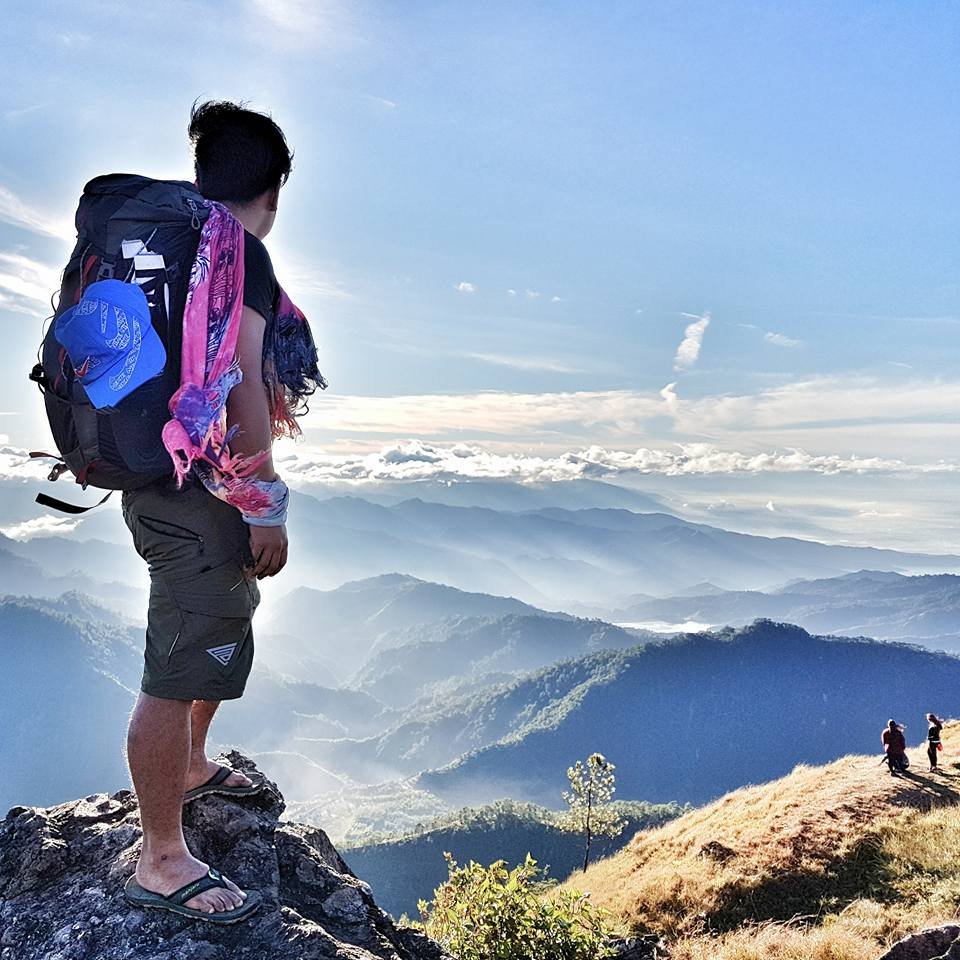
Nestled in the heart of Itogon, Benguet, Mt Ulap has swiftly become a favorite among hiking enthusiasts in the Philippines. Its picturesque trails, breathtaking vistas, and accessibility make it an ideal destination for both beginners and seasoned hikers.
Mt Ulap Location and Proximity to Baguio City
Situated in Barangay Ampucao, Itogon, Benguet, Mt Ulap is approximately a 40-minute drive from Baguio City, the country’s renowned “Summer Capital.” This close proximity allows travelers to seamlessly incorporate a hike into their Baguio itinerary, offering a refreshing escape into nature without straying far from the city’s comforts.
Why Mt Ulap is a Must-Visit for Hikers
Stunning Landscapes: The trail showcases a diverse range of sceneries—from verdant pine forests and rolling grasslands to rugged rock formations. One of the trail’s highlights is the iconic Gungal Rock, a favored spot for photos due to its dramatic backdrop.
Sea of Clouds: Hikers often revel in the mesmerizing “sea of clouds” phenomenon, especially during the early mornings, where a blanket of clouds envelops the valleys below, creating a surreal and tranquil atmosphere.
Accessible Trails: With a difficulty rating of 3/9, Mt Ulap is considered a minor climb, making it suitable for beginners while still offering enough challenges to keep experienced hikers engaged.
Cultural Experience: The trail traverses areas rich in indigenous culture, allowing hikers to immerse themselves in the traditions and stories of the local communities.
In essence, Mt Ulap provides a harmonious blend of natural beauty, cultural richness, and accessible adventure, making it a must-visit destination for anyone looking to experience the Philippines’ mountainous landscapes.
Table of Contents
About Mt Ulap
1. Mt Ulap height and masl
Mt Ulap, standing at 1,846 meters above sea level (masl), is a testament to the natural beauty of Benguet. While it doesn’t reach the towering heights of the iconic Mt Pulag (which rises to 2,926 masl), Mt Ulap offers its unique charm and appeal.
2. Mt Ulap difficulty level
Mt Ulap difficulty level is rated as 3/9, making it a perfect adventure for beginners and intermediate hikers. The trail offers a mix of gentle ascents and rugged terrains, providing just the right amount of challenge without being overwhelming.
-
Trail Description:
- Initial Stage: The journey begins with a steady uphill walk through pine forests, setting a serene tone for the hike.
- Midpoint: As hikers progress, the trail opens up to grasslands and rolling hills, with plenty of opportunities to stop and take in the views.
- Highlights: The iconic Gungal Rock and Ambanao Paoay are must-see stops along the trail, offering incredible photo opportunities.
-
Who Can Hike Mt Ulap:
- Ideal for Beginners: The manageable terrain and gradual inclines make it an excellent first mountain for newbies.
- Enjoyable for Intermediates: For seasoned hikers, the scenic trail and rewarding summit views make Mt Ulap a relaxing yet fulfilling climb.
Why Mt Ulap Stands Out
The combination of its accessible height and moderate difficulty level makes Mt Ulap a crowd favorite. Whether you’re looking to dip your toes into hiking or seeking a picturesque adventure, this mountain delivers on every front.
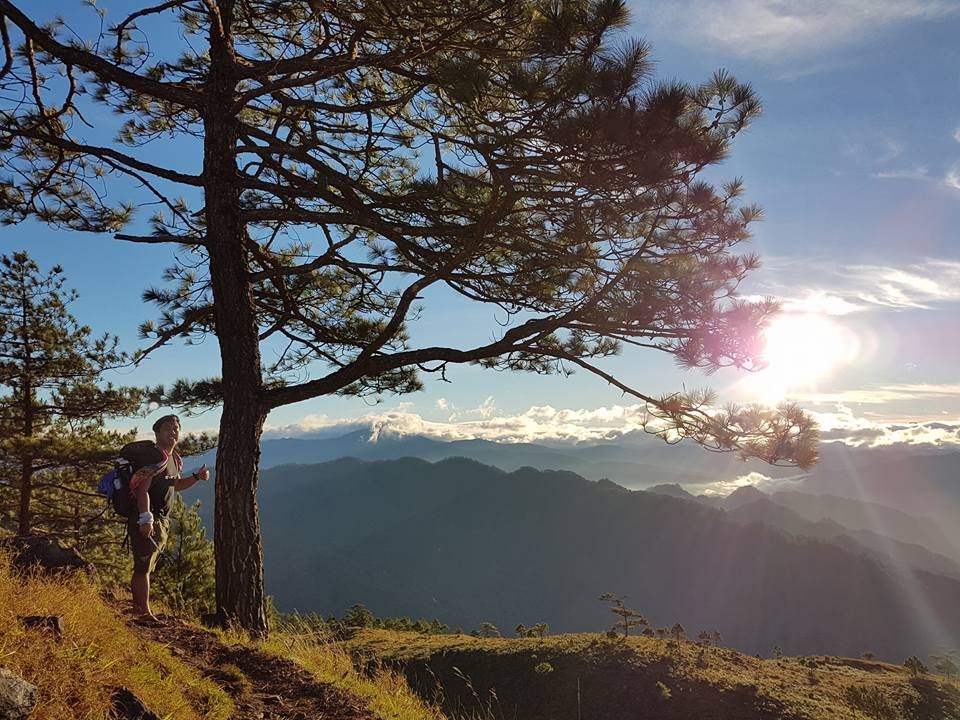
How to Get to Mt Ulap
From Baguio
If you’re starting from Baguio City, getting to Mt Ulap is straightforward and convenient. Here’s a step-by-step guide:
Step-by-Step Directions
Head to Baguio City’s Central Terminal:
- Make your way to the jeepney or van terminal in Baguio City. The terminal is often located near Burnham Park or Slaughterhouse Compound, depending on the route.
Take a Jeepney or Van to Ampucao:
- Look for the jeepney bound for Ampucao, Itogon. Jeepneys are the most budget-friendly option, with fares ranging from PHP 30–50.
- Alternatively, you can hire a van for more comfort, especially if you’re traveling with a group.
Arrive at Ampucao Barangay Hall:
- The jeepney or van will drop you off at the Ampucao Barangay Hall, the starting point of the Mt Ulap trail. Here, you’ll register, pay the environmental fee, and arrange for a guide.
Transportation Options
- Jeepneys: Budget-friendly and readily available, though schedules may vary.
- Vans: Offer a quicker and more private ride for groups.
- Taxis/Grab: Convenient but significantly more expensive, costing around PHP 500–700 for a one-way trip.
From Manila
For those traveling from Manila, reaching Mt Ulap is slightly more complex but still manageable with proper planning.
Step-by-Step Directions
Take a Bus from Manila to Baguio:
- Major bus lines like Victory Liner and Genesis operate 24/7 trips to Baguio City. Travel time is approximately 4-6 hours, depending on the bus type (regular, deluxe, or sleeper).
- Bus fare ranges from PHP 500–800.
Transfer to a Jeepney or Van in Baguio:
- Upon arriving in Baguio, follow the steps outlined above under “From Baguio” to reach Mt Ulap.
Direct Private Transport (Optional):
- For those traveling in groups, renting a private van or car from Manila directly to Ampucao is an option. Travel time is around 6-8 hours, and costs will vary based on rental rates and fuel expenses.
By following these guides, you can seamlessly plan your journey to Mt Ulap, whether you’re coming from nearby Baguio or the bustling city of Manila. The combination of organized transport and travel tips ensures you’ll have a hassle-free start to your hiking adventure.
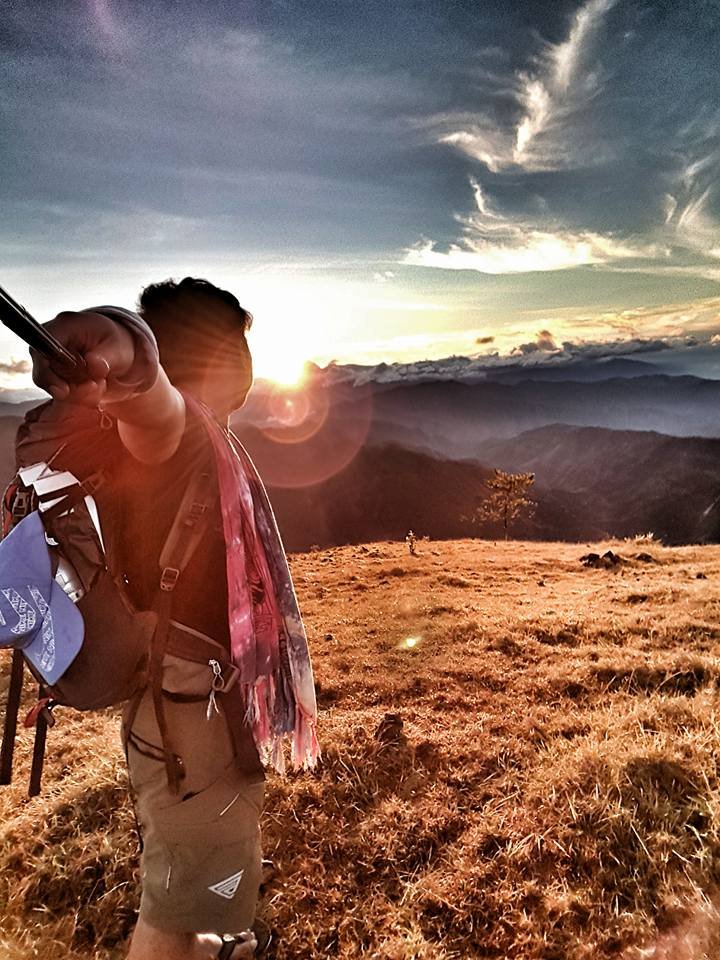
Exploring the Mt Ulap Trail
Mt Ulap Trail Overview
The Mt Ulap trail is one of the most scenic eco-trails in the Philippines, offering a blend of natural beauty and accessible hiking for adventurers of all levels. This 8.5-kilometer trail takes hikers through diverse landscapes, from rolling grasslands and lush pine forests to rugged rocky ridges.
Trail Highlights
- Grasslands: The hike begins with gentle ascents across rolling grasslands, a serene introduction to the trail’s beauty. These open spaces provide stunning views of Benguet’s mountains and valleys.
- Pine Forests: As you progress, the trail weaves through dense pine forests, giving hikers a chance to enjoy the fresh mountain air and shade from the sun.
- Rocky Ridges: The latter part of the hike features steeper climbs over rocky ridges, with breathtaking views awaiting at every turn.
Key Checkpoints
Ambanao Paoay:
- The first major peak on the trail, offering panoramic views and a preview of the adventure ahead.
- A perfect spot for a quick break and photos.
Gungal Rock:
- The trail’s most iconic feature, Gungal Rock, is a large, protruding boulder that provides a dramatic photo opportunity.
- Safety tip: Be cautious while posing, as the edges can be slippery.
Mt Ulap Summit:
- The final checkpoint and ultimate reward, the Mt Ulap summit offers sweeping views of the Cordillera mountain range. On clear days, you can see neighboring peaks and the famed “sea of clouds.”
Mt Ulap Traverse
The Mt Ulap traverse route is the ultimate way to experience everything the trail has to offer. Starting at Ampucao Barangay Hall and ending at Sta. Fe, the traverse provides a complete hiking journey that highlights the mountain’s diverse features.
Traverse Route
- Starting Point: Ampucao Barangay Hall:
- Registration and guide arrangements are done here. The trail begins with a gradual ascent through pine forests and open grasslands.
- Trail Checkpoints:
- Hikers will pass through all key landmarks, including Ambanao Paoay, Gungal Rock, and the summit.
- End Point: Sta. Fe:
- The trail concludes at Sta. Fe, where you can arrange transportation back to your starting point or nearby accommodations.
Benefits of Choosing the Traverse
- Full Experience:
- The Mt Ulap traverse allows hikers to explore the entire trail rather than doubling back. This makes for a richer, more immersive hiking experience.
- Varied Terrain:
- The traverse route features a mix of terrains, from gentle slopes and forests to steep ascents and rocky outcrops, keeping the hike exciting and dynamic.
- Efficient Time Use:
- Instead of retracing steps, the traverse route offers a more efficient way to cover the trail while maximizing sightseeing opportunities.
The Mt Ulap trail and its traverse route offer an unforgettable hiking experience. Whether you’re drawn by the scenic views, the challenge of the traverse, or the allure of landmarks like Gungal Rock, this trail has something for everyone. Its diverse terrain and well-marked checkpoints make Mt Ulap an ideal destination for nature lovers and adventure seekers alike.
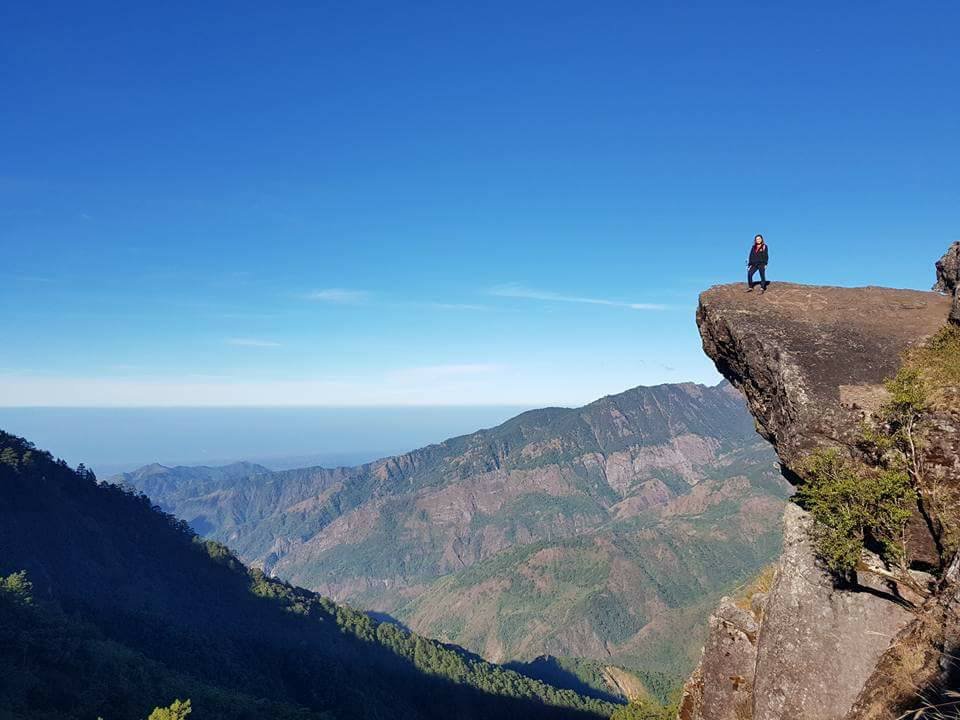
Planning Your Mt Ulap Hike
Mt Ulap Itinerary
Day Hike Itinerary
A day hike is the most popular way to explore Mt Ulap, offering a complete experience in a single day.
- 4:00 AM: Depart from Baguio City. Take a jeepney or van to Ampucao Barangay Hall.
- 5:00 AM: Arrive at Ampucao Barangay Hall. Register, pay the registration and environmental fee, and meet your guide.
- 5:30 AM: Start the hike. Begin with a gradual ascent through the pine forest.
- 7:00 AM: Reach Ambanao Paoay. Take a short break and enjoy the views.
- 9:00 AM: Arrive at Gungal Rock. Take photos and have a light snack.
- 10:30 AM: Reach the Mt Ulap summit. Spend time soaking in the panoramic views.
- 11:30 AM: Begin descent to Sta. Fe.
- 1:30 PM: Arrive at Sta. Fe. Arrange transport back to Baguio City.
- 3:00 PM: Return to Baguio City.
Overnight Camping Itinerary
For a more immersive experience, consider camping on Mt Ulap.
- Day 1:
- Follow the day hike itinerary up to the summit.
- Set up camp at designated areas near the summit or Gungal Rock.
- Spend the evening stargazing and enjoying the cool mountain breeze.
- Day 2:
- Wake up early for the Mt Ulap sea of clouds.
- Break camp and begin the descent to Sta. Fe.
- Return to Baguio City by midday.
Mt Ulap DIY Guide
Exploring Mt Ulap on your own is both rewarding and cost-efficient. Here’s a step-by-step guide:
Step-by-Step DIY Guide
- Plan Your Transport:
- From Baguio, take a jeepney or van to Ampucao.
- For Manila travelers, follow the steps to reach Baguio first.
- Prepare Essentials:
- Wear comfortable hiking gear and pack food, water, and a first aid kit.
- Bring cash for fees and snacks, as there are no ATMs in Ampucao.
- Register at Ampucao Barangay Hall:
- Pay the registration and environmental fee and arrange for a guide.
- Follow the Trail:
- Stick to the marked trail and checkpoints to ensure a safe and enjoyable hike.
Cost of Hiking Mt Ulap
Budget and Fees
Hiking Mt Ulap is affordable, making it accessible to budget-conscious travelers. Here’s a breakdown of costs:
Sample Budget for a Day Hike from Manila
- Transportation:
- Bus (Manila to Baguio and return): PHP 900–1,000.
- Jeepney (Baguio to Ampucao and return): PHP 60–100.
- Fees:
- Registration: PHP 100.
- Environmental: PHP 30.
- Guide Fee: Approximately PHP 115–160 per person (assuming a group of 5–7).
- Food and Water: PHP 200–300.
- Miscellaneous: PHP 100–200.
Estimated Total: PHP 1,405–1,790 per person.
Tips to Minimize Costs
- Travel in Groups: Sharing expenses, especially for the guide fee, can significantly reduce individual costs.
- Bring Your Own Supplies: Carrying your own food and water helps avoid higher prices at local stores.
- Plan Ahead: Booking transportation in advance can sometimes lead to discounts or promotions.
By carefully planning and budgeting, a hike to Mt. Ulap from Manila can be both an affordable and memorable adventure. Whether you’re doing a day hike or staying overnight, preparation is key. Use this guide to plan your adventure to Mt Ulap, ensuring a fun, budget-friendly, and memorable experience!
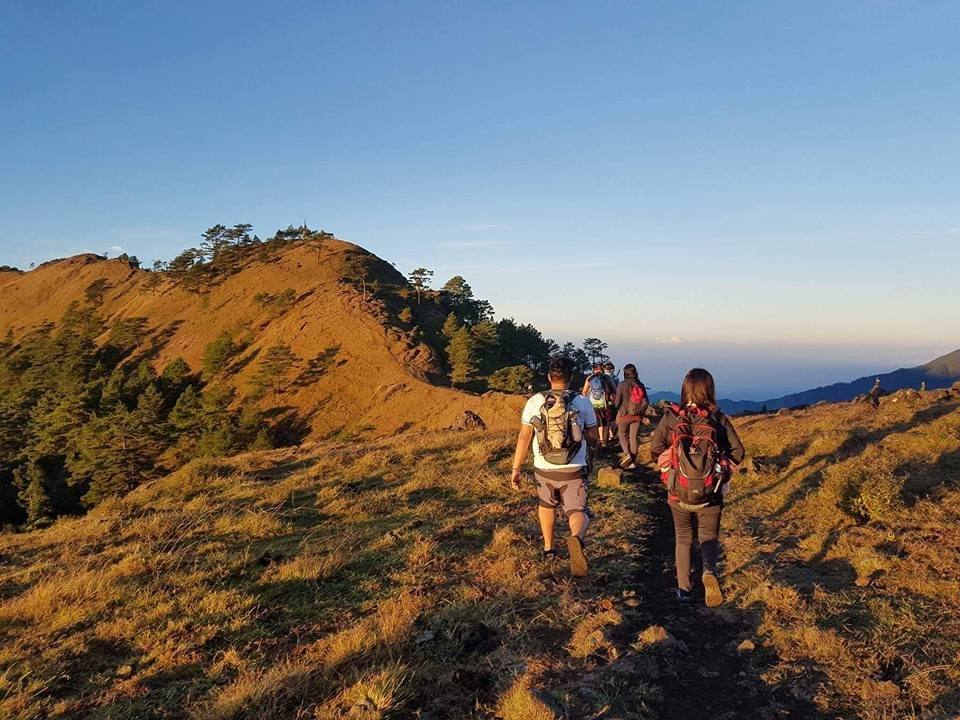
Mt Ulap vs Mt Pulag: A Comprehensive Comparison
1. Difficulty Level
Mt Ulap:
- Rated 3/9 on the difficulty scale, Mt Ulap is considered a minor climb. Its manageable terrain and shorter trail make it ideal for beginners and casual hikers.
- The hike typically takes 4-6 hours to complete, depending on your pace.
Mt Pulag:
- With a difficulty level of 6/9, Mt Pulag demands more stamina and experience. It is the highest peak in Luzon at 2,926 meters above sea level, offering a more challenging trek.
- Depending on the trail chosen (Ambangeg, Akiki, or Tawangan), hikes can take anywhere from 8 to 12 hours or more.
2. Trail Features
Mt Ulap:
- The Mt Ulap trail is an eco-trail characterized by rolling grasslands, pine forests, and rocky ridges. It includes iconic landmarks like Gungal Rock and Ambanao Paoay.
- Its moderate elevation provides picturesque views without the risks of altitude sickness.
Mt Pulag:
- Known for its diverse ecosystems, Mt Pulag features mossy forests, pine woodlands, and vast grasslands at the summit.
- The highlight is the unparalleled sea of clouds, which is more prominent due to its higher elevation.
3. Altitude Differences
- Mt Ulap:
- Stands at 1,846 meters above sea level, offering stunning views without extreme altitude challenges.
- Mt Pulag:
- At 2,926 meters, Mt Pulag is the second-highest mountain in the Philippines, offering unmatched vistas but with the potential for altitude-related discomfort.
4. Unique Experiences
- Mt Ulap:
- Perfect for day hikes and quick getaways.
- A favorite for beginner hikers and those seeking iconic Instagram-worthy shots at Gungal Rock.
- Mt Pulag:
- A bucket-list destination for seasoned hikers, offering surreal experiences like camping under the stars and witnessing one of the best sea of clouds views in the Philippines.
Tips for First-Time Hikers
1. Mt Ulap Hiking Guide for Beginners
Preparation Tips
- Fitness:
- While Mt Ulap is beginner-friendly, building endurance through light cardio exercises like walking or jogging will make the hike more enjoyable.
- Gear:
- Wear comfortable hiking shoes with good grip.
- Bring a lightweight backpack with essentials such as water, snacks, and a first-aid kit.
- Mindset:
- Stay positive and pace yourself. Take breaks as needed to enjoy the scenery and conserve energy.
Pacing and Trail Challenges
- Start early to enjoy cooler weather and avoid the midday heat.
- Follow your guide’s advice on steep sections, especially near Gungal Rock.
- Hydrate regularly and keep a steady pace to prevent fatigue.
2. Travel Tips
Essentials to Bring
- Comfortable clothing suitable for layering (e.g., quick-dry shirts, jackets for cooler weather).
- Snacks like trail mix, sandwiches, and fruits to keep energy levels high.
- At least 2 liters of water per person.
- Sun protection: sunscreen, hat, and sunglasses.
- Flashlight or headlamp for early starts or emergencies.
Weather Considerations
- Best time to visit Mt Ulap: November to February for clear skies and a chance to witness the sea of clouds.
- Avoid rainy months (June to October) to prevent slippery trails and poor visibility.
Safety Reminders
- Always register and hire a guide at the Ampucao Barangay Hall.
- Follow trail signs and stay on the marked path.
- Pack out all your trash to help preserve the environment.
Both Mt Ulap and Mt Pulag offer unique hiking experiences that cater to different skill levels. While Mt Ulap is perfect for beginners seeking a scenic day hike, Mt Pulag challenges seasoned hikers with its altitude and demanding trails. Whether you’re just starting out or looking for your next big adventure, proper preparation and these helpful tips will ensure a safe and enjoyable hike.

Conclusion
Why Mt Ulap Remains a Top Hiking Destination
Mt Ulap continues to captivate hikers with its perfect blend of natural beauty, accessibility, and cultural significance. From the iconic Gungal Rock to the enchanting Mt Ulap sea of clouds, every step of the trail offers an unforgettable experience.
- For Beginners and Experts Alike: Its manageable difficulty level makes it ideal for novice hikers, while its stunning views and diverse trail features keep seasoned adventurers coming back.
- Cultural Connection: The trail is rich with indigenous history and ecological significance, offering visitors a deeper appreciation of Benguet’s heritage.
Encouragement to Plan Your Visit
As Mt Ulap evolves with new facilities and guidelines, now is the perfect time to start planning your adventure. Whether you’re seeking a quick escape from city life or a deeper connection with nature, Mt Ulap promises an experience that’s both exhilarating and enriching.
So, pack your gear, gather your friends, and set your sights on Mt Ulap 2025—a destination that truly has it all!
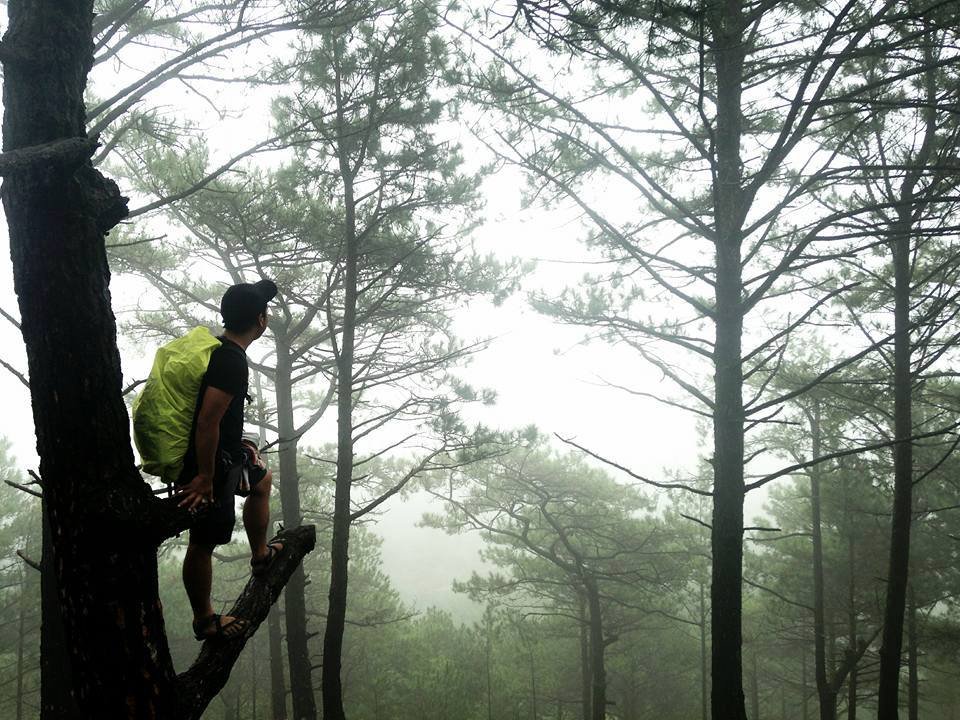
Frequently Asked Questions about Mt Ulap
1. What is the best time to hike Mt Ulap?
The ideal time to hike Mt Ulap is during the dry season, from November to February, when the weather is cooler and trails are less slippery. Always check weather forecasts before your trip to ensure a safe hiking experience.
2. How long does it take to complete the Mt Ulap traverse?
The Mt Ulap traverse typically takes 4 to 6 hours to complete, depending on your pace and the number of stops you make along the trail. Starting early in the morning is recommended to fully enjoy the scenery and avoid the midday heat.
3. Are there any age restrictions for hiking Mt Ulap?
There are no specific age restrictions for hiking Mt Ulap. However, it’s essential to assess the physical fitness of all participants, especially children and the elderly, to ensure they can handle the trail’s demands.
4. Is camping allowed on Mt Ulap?
Yes, camping is permitted in designated areas along the Mt Ulap trail. Overnight camping requires additional fees, and it’s advisable to bring your own camping gear. Always practice Leave No Trace principles to preserve the environment.
5. What should I wear when hiking Mt Ulap?
Wear comfortable, moisture-wicking clothing suitable for hiking. Sturdy hiking shoes with good traction are essential. Bring a light jacket or windbreaker, as temperatures can drop, especially in the early morning or late afternoon.
6. Are there rest stops or shelters along the Mt Ulap trail?
Yes, there are several rest stops and shelters along the trail where hikers can take breaks and enjoy the views. These spots are ideal for rehydrating and having snacks.
7. Can I bring pets on the Mt Ulap hike?
Bringing pets is generally discouraged due to the trail’s difficulty and the presence of wildlife. It’s best to check with local authorities or the barangay hall for specific regulations regarding pets.
8. Is there mobile network coverage on Mt Ulap?
Mobile network coverage is intermittent along the Mt Ulap trail. It’s advisable to inform someone about your hiking plans and expected return time before starting the trek.
9. Are there food and water sources available on the trail?
It’s recommended to bring your own food and at least 2 liters of water per person. While there might be local vendors at the trailhead or certain points, availability is not guaranteed.
10. How do I arrange transportation back to Baguio City after the hike?
At the end of the traverse in Barangay Sta. Fe, you can hire a jeepney or tricycle to return to Baguio City. It’s advisable to coordinate with your guide for transportation arrangements to ensure a smooth trip back.
These FAQs aim to provide essential information for a safe and enjoyable hike at Mt Ulap. Always plan ahead and respect local guidelines to make the most of your adventure.



Pingback: The Ultimate Guide To The Top 10 Mountains In The Philippine – BizBackLinks
A highly recommend hike!!